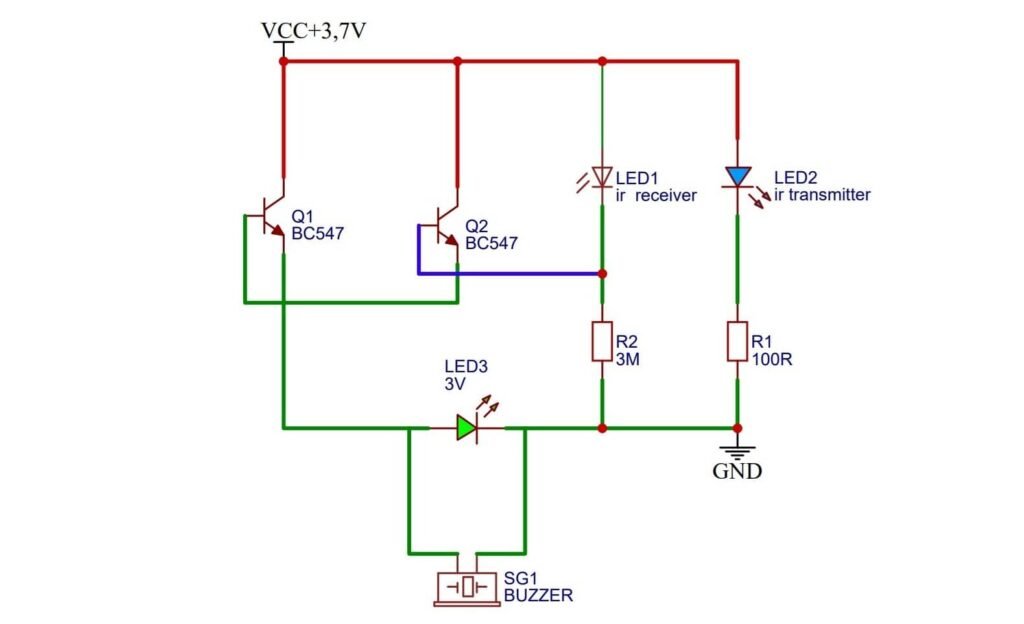Powering a Low Voltage Proximity Alarm – Made in India Tips

Proximity alarms are common in security systems, automation, and home projects. But when running on low voltage (like 3.3V or 5V), powering them efficiently without false triggers or under-voltage issues can be tricky for Indian hobbyists and engineers.
🔧 The Problem: Unstable or Low Power Supply
Most proximity sensors and alarms need clean, regulated voltage to work reliably. If the power supply dips—especially when battery-powered—it can cause false alarms or even damage components.
✅ The Solution: Regulated Power and Decoupling
Use a low dropout (LDO) regulator or a DC-DC buck converter to stabilize your voltage. Add decoupling capacitors (e.g., 100µF electrolytic + 0.1µF ceramic) close to your sensor or alarm module to filter noise and improve stability.
🔍 Practical Example: Battery-Powered Door Alarm
Imagine building a 3.3V IR proximity alarm powered by a lithium cell. The voltage drops to 2.9V during loud buzzer activation, causing false triggers. You fix this by adding a DC-DC boost converter to maintain a stable 3.3V output even as the battery discharges.
🧮 Sample Calculation: Power Budget
Sensor = 10mA, Buzzer = 80mA
Total = 90mA
At 3.3V:
Power = V × I = 3.3V × 0.09A = 0.297W
Choose a power supply rated for at least 0.5W to add margin.
🛒 Product Suggestion: Made in India Components
🔋 [Shop DC-DC converters]
🔌 [Shop LDO regulators]
Shop now at SmartXProKits.in
Support our work and India’s innovation—buy from our Make in India site!




















